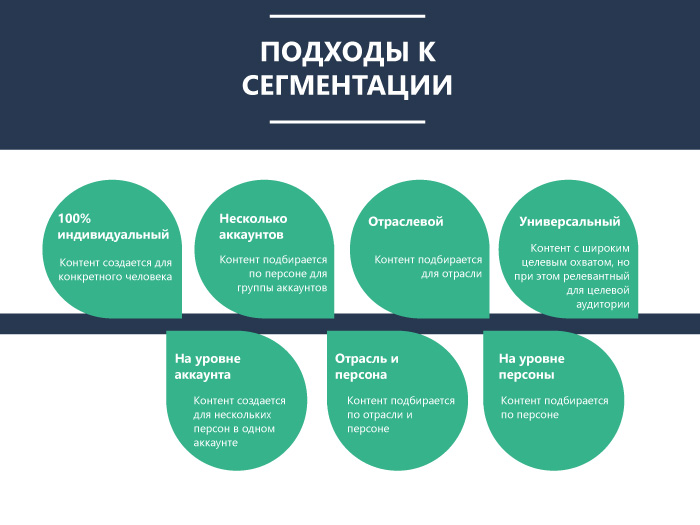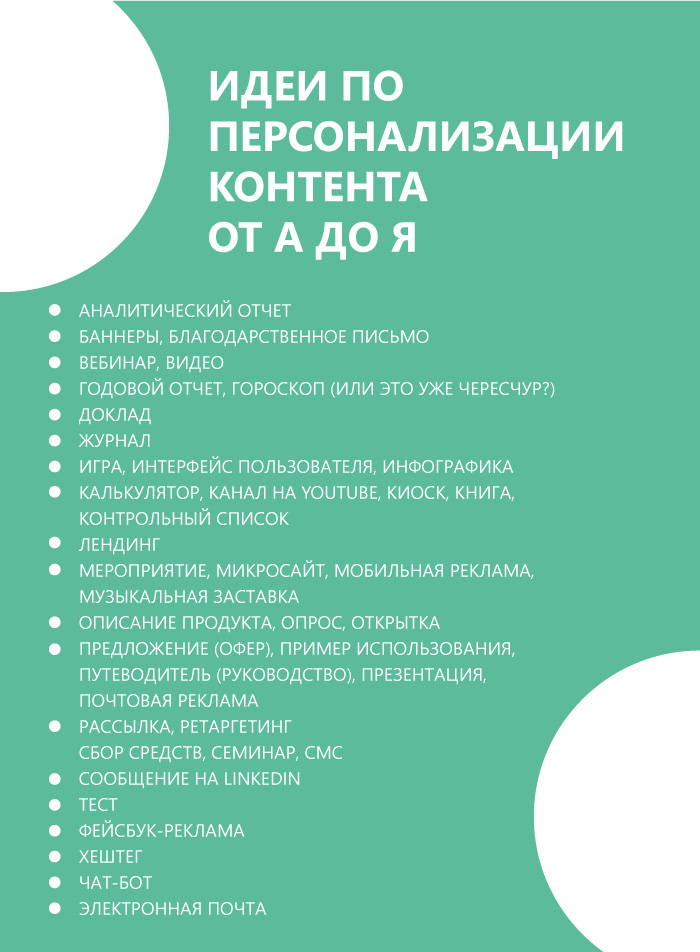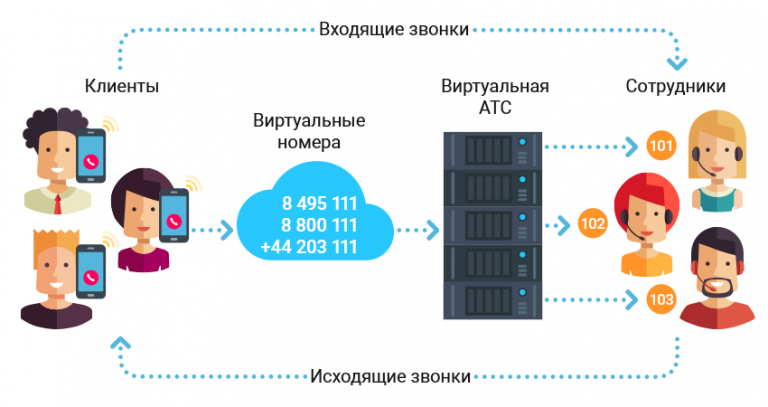2021 will be the year of personalized marketing
In this article, we’ll show you how to get the most out of personalization.

Want to understand what personalized marketing is? Let’s start with a little game called dumb or cool.
Let’s say you’re discussing with a friend which Halloween candy is best. Then articles start to appear in your feed with a rating of the best Halloween candies.
You work on a team that evaluates marketing automation platforms. You are sent a coffee kit that includes an automation guide with points to consider and a tool to calculate your ROI.
You open your email and see a video birthday greeting from someone you don’t know.
You go to a site where you often buy something, and there you are offered goods that “may interest you”: strollers, cribs, blankets. What’s so strange about that? – Only that you have no children.
Cool? Dumb? These are all cases from my life, and the last example is Amazon.
Nine months before that, I bought a friend a present through Amazon (for a baby shower party). Surely the algorithms decided that I was going to give birth.
But they were wrong. The world’s largest companies are trying to achieve perfect personalization – and not always successfully, but this does not stop them from doubling their investments.
According to McKinsey, 15% of CMOs think they have poor personalization, and wherein 94% of companies agree that this aspect is vital to success.
Why? Because the more relevant the information is to the recipient, the more likely it is to lead to the desired action. For example, I think the only cool example above was # 2: even if I don’t like coffee, the company still provided me with timely and meaningful information.
And if in my case Amazon missed, then in many other cases its algorithms probably hit the mark: 70% of companies using personalization AI have already achieved a ROI of 200% or more, and 86% noticed a tangible increase in commercial results.
There have been significant advances in combining data with technology in recent years, so it’s time for B2B companies to start planning and preparing in anticipation of the growing impact of personalization in the industry.
Before we dive into the methods of using personalization in marketing and consider what is relevant today, let’s understand the terminology.
Personalization is the experience of a consumer’s relationship with a brand, formed on the basis of some attribute (or attributes) of a person.
Success can be considered situations in which the message (content) is most relevant to certain people at the moment (audience). In marketing, this has always worked, but personalization allows you to go even further. Let’s see how this happens.
Personalization levels
The image below shows several approaches to personalization.
(A marketing persona is a collective image that represents and conveys the attributes of a certain segment of the target market representatives).

Ideally, each campaign should fall into the customization category, but this is not possible yet. Consequently, the segmentation strategy should be dependent on the size of the market, potential ROI, timing and goals.
However, it is not necessary to choose a single approach. The main thing is to start moving away from “universal” marketing. For example, if you are planning a product launch and 50% of your current customers are investment banks, then you can launch a broad-reach campaign for half of the market and personalize content for the other half for the segment with the best performers, in this case, investment banks.
With your ROI, you can identify more and less effective approaches and naturally improve your customer interactions.
So what does it take to move from right to left in the diagram above? For starters, data.
Data
Place of work, job title, age, recent searches, content the user has interacted with, the company’s relationship with them, the technology used, and even the tone of voice — all of this data can be used in marketing for personalization.
Every day in our inbox we see examples of “universal” content that doesn’t suit us. A recent example comes to mind when Expensify CEO Shipped Nearly 10 Million People a letter calling to vote for Biden. If you have never worked or lived in the United States, then this letter most likely did not have much value for you, no matter what political views you may hold.
If the company had more accurate data about where the users are located in the world, it could make the newsletter more targeted.
Personalization does not mean explicitly using personal data in campaigns. If I see my company name on the landing page, it won’t do me any good: you know my IP address, so what? The challenge is to use the data available about the recipient to provide him with valuable information.
Content Ideas
Email is one possible channel for personalization, but there are many others. Below is a list of content ideas you can try to personalize in your next campaign.

Many of these ideas will take a lot of work to implement. Let’s say you’ve decided to make a personalized video for your target customer about how much ROI your business can give them. In this case, you will have to find publicly available data on income, expenses, etc.
Personalization can have a big impact, but it is difficult to scale. Fortunately, technology today can make this task somewhat easier.
Technology
Contrary to catchy headlines that promise personalization for everyone, technology solutions are not yet able to tailor content to each person at every touchpoint. Advanced analytics and artificial intelligence have made personalization scalable, but such solutions tend to target specific communication channels.
Tech giants like Amazon and Facebook have invested heavily in interoperating these systems (because that’s how these companies operate), but most emerging tech companies that don’t have billions of dollars in AI labs will have to start small.
Below I give a short summary of what you can use today.
Buyer’s intent data… Platforms today can identify potential customers interested in your solutions – based on intent signals such as keyword search history, downloaded content, and interactions with competitors.
Display and retargeting ads… The platforms provide the ability to create digital banner ads that appear on the Internet depending on the company, industry, or where the customer is in the purchase. Once the user takes a specific action, such as clicking on an ad, you can start serving other ads in that order.
Website and landing pages… There are tools to help you customize landing pages that offer or highlight content for a specific audience. AI helps with content selection by providing the ability to systematically deliver “content recommendations” based on gathering data about specific visitor actions or attributes, rather than what you think the person might want.
Email… Today, most are already familiar with “tokens” on marketing automation platforms such as Marketo, Hubspot, and Salesforce. (For example, “we work with
Chat bots… New companies in the conversational AI category are using CRM data to personalize interactions with chatbots. For example, a chatbot on a website may not ask a general question like “How can I help you?”, But with the help of new tools, take into account user interaction with the brand and write something more personal, for example: “Thank you for participating last week in webinar on the topic “XYZ”. Did you derive any benefit from it? ” or “I see your colleagues spoke with us – let me know if you want to speak with any of us, have already worked with your team.”
Advertising by regular mail… Along with the interest in account-based marketing, there has been a resurgence of interest in email advertising, a channel that is hard to ignore. Here, platforms offer a wide variety of options, from gift recommendations based on a customer’s public digital footprint to content that can be quickly tweaked and printed into a gift set. But remember, this is not about bribery, but about building and / or strengthening relationships.
Personalization is not a “made and forget” thing, and it is not static. The main thing is context. You need to anticipate needs and offer something useful so you can build trust.
Companies still link barriers to data acquisition, lack of resources and imperfect technologies, but this does not mean that in 2021 you can just sit and do nothing. While not everyone has access to cutting-edge tools, today’s marketer needs to make the selection of relevant content part of their strategy.
The sooner we start to view marketing as not just a persuasion, but rather an opportunity to build relationships, the more benefit we can bring.
About the translator
The article was translated by Alconost.
Alconost deals with localization of games, applications and sites in 70 languages. Native native translators, linguistic testing, cloud platform with API, continuous localization, 24/7 project managers, any string resource formats.
We also do promotional and training videos – for sites that sell, image, advertising, training, teasers, explainers, trailers for Google Play and the App Store.





